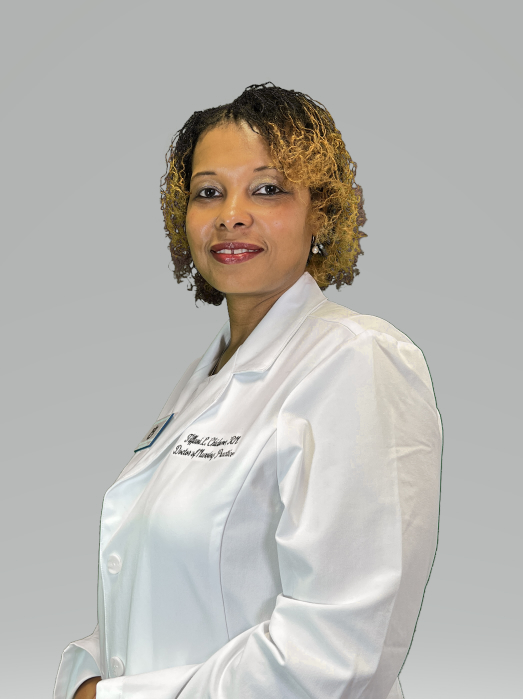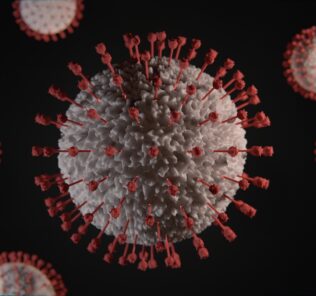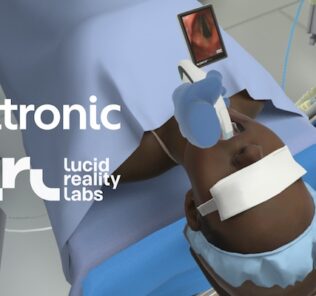Covid 2.0: Is Your Clinical Simulation Program Ready?
The transition to remote learning during the COVID-19 pandemic forced a reimagining of many clinical simulation programs. Just when the worst was seemingly behind, the COVID-19 delta variant emerged. This variant has proven more contagious than other variants and is wreaking havoc on the younger generation, in contrast to the alpha variant, which heavily affected the older generation. Most clinical simulation programs were not ready for initial shutdowns and were converted to virtual learning in early 2020. Some shut down altogether with no alternatives to teaching healthcare simulation — virtual or otherwise. Is your clinical simulation program ready for a possible round two of shutdowns, social distancing, and quarantines?
Here’s how one southeastern school in the United States dealt with the challenges of converting healthcare simulation to virtual with a brief, one-week warning that quarantine restrictions would be enforced. The medical simulation faculty and staff quickly developed a plan to aid in the transition to remote learning. The following describes methodologies used and how no clinical simulations were missed during the pandemic.
Using existing A/V equipment, faculty and staff played the role of the nurse or nursing care team providing care to a patient. Learners prepared for the healthcare simulation-based experiences (SBEs) by completing assigned pre-work. Pre-work activities were established prior to the COVID-19 pandemic. Faculty re-evaluated all pre-work activities to ensure alignment with the content and activities following the transition to screen-based (SB) simulation.
Sponsored Content:
Pre-work activities are designed to reinforce content applied during the SBE and as such were determined to be relevant to the SB simulations. Students completed pre-work activities independently, which may have consisted of supplemental readings outside of lecture notes, online modules, or care planning of case study patients. Students uploaded a copy of their completion into the course learning management system for faculty to review before the SBE. Screen-based simulations upheld the same standards as in-person healthcare simulations following INACSL Standards of Best Practice (1).
Pre-brief: Every SBE included a planned, structured pre-brief session. Facilitators conducted the pre-brief sessions immediately preceding the healthcare simulation scenario to establish a psychologically safe environment for learners. The pre-brief included specific acknowledgment of the limitations of the virtual environment as well as ground rules, fiction contract, and orientation to the virtual environment, simulator, equipment, and roles. Facilitators provided time for students to ask questions about navigating the screen-based clinical simulation experience before providing the patient report.
Simulated Scenario: Students participated in SB simulations in small groups of four to six. Typically, during face-to-face simulation programs, students participate in the SBEs in pairs. However, time and resources dictated that the SB simulation scenario groups were slightly larger. Faculty determined student groups of four to six were ideal for facilitating SB simulation using the Zoom platform. Fewer than four students left the students feeling “on the spot” during conversations with facilitators, while greater than six proved challenging for both students and facilitators to engage in conversation.
Using Zoom, facilitators shared a PowerPoint presentation with embedded video clips of filmed healthcare simulation scenarios. Altogether, the videos portrayed the progression of a patient care scenario, where nurses portrayed by clinical simulation faculty or staff worked together to provide care to a simulated patient (SP). The SP was portrayed by faculty, staff, or a human patient simulator, based on which portrayal met the needs of the scenario and provided the highest level of fidelity (realism).
Sponsored Content:
The PowerPoint slides provided guidance to facilitators. Slides were used to outline the entire progression of the event to ensure consistency between facilitators. Once a video clip finished streaming, the following slide included a set of guided questions for facilitators to use to stimulate discussion with students. The questions were developed to promote student reflection on the nurses’ actions, including what was done well, what they would do differently, and what they anticipated the next priority actions to be, a practice similar to ‘‘reflection in action’’ in a live healthcare simulation scenario.
Reflection in action is an insightful process that occurs during clinical simulation activities, while reflection on action helps learners connect information from actions already taken (retrospective view) (2). These dialogs promoted student engagement and challenged students to think as active participants in the patient’s care, rather than passive observers.
Debriefing: The guided questioning throughout the SBE allowed the facilitators to address student questions and concerns about patient safety and care along the way. This decreased the amount of time needed in the formal debrief session immediately following the scenario. However, the guided questioning did not serve as a replacement. Facilitators conducted a structured debrief session immediately following the scenario.
Although many of the priority actions were discussed during the scenario, the debrief allowed students to reflect on their thought processes during the healthcare simulation, express their emotions about the nurses’ actions, and discuss how the experience could be integrated into their future clinical practice. After the SB simulation, a post-simulation survey, the Simulation Effectiveness Tool-Modified (SET-M), was completed by the students before signing off the SB experience. The SET-M is a validated and reliable 3-point Likert Scale tool that captures learning effectiveness from the students’ perspective. The scale ranges include Strongly Agree, Somewhat Agree, and Do Not Agree. The SET-M was also updated by the designers due to the pandemic, to be more inclusive of the virtual healthcare simulation or SB format (3).
Student learners provided mixed reviews regarding the conversion to SB simulations. In case the community has to quarantine or worse, they are more prepared to accommodate various learning modalities that may be provided synchronously or asynchronously. Hopefully, this information can help other clinical simulation programs be prepared too.
More COVID-19 Healthcare Simulation Resources
INACSL Standards of Best Practice: SimulationSM Simulation Design. Clinical Simulation in Nursing. 2016;12:S5-S12. Palaganas JC, Maxworthy JC, Epps CA, Mancini ME. Defining excellence in simulation programs. 2015. Leighton K, Ravert P, Mudra V, Macintosh C. Updating the Simulation Effectiveness Tool: Item Modifications and Reevaluation of Psychometric Properties. Nurs Educ Perspect. 2015;36(5):317-323. Dr. Tiffani Chidume is an associate clinical professor simulation center coordinator at the Auburn University College of Nursing. She has 22 years of combined experience in nursing education, simulation methodology, critical care, emergency nursing, long-term healthcare, and health information technology. Dr. Chidume is dual certified in simulation as a Certified Healthcare Simulation Educator-Advanced (CHSE-A) and as Certified Healthcare Simulation Operations Specialist (CHSOS). Sponsored Content:


















